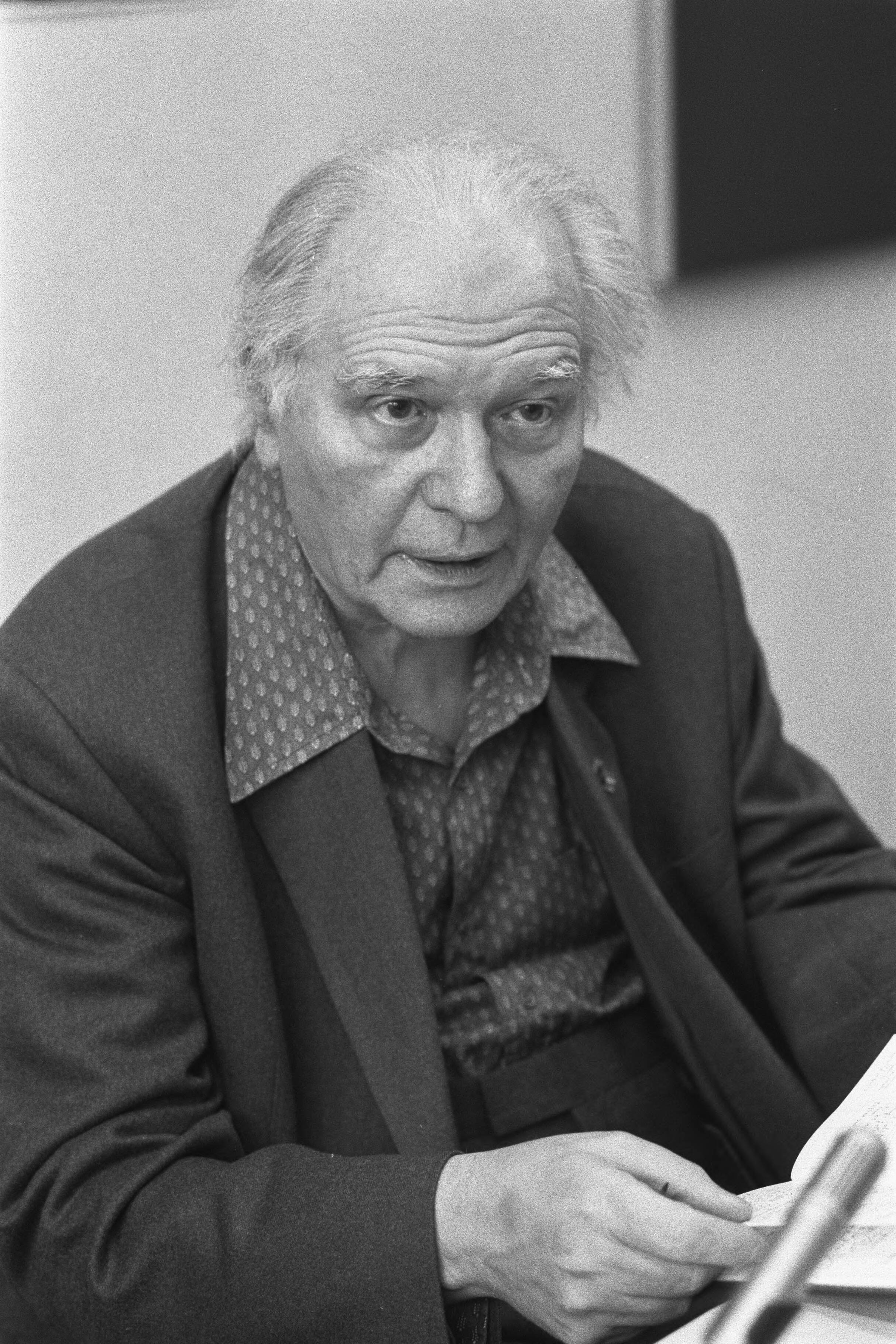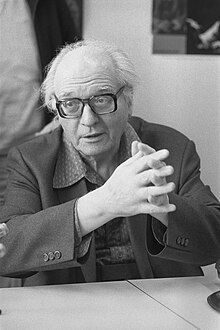

Olivier Messiaen
Born: 1908Died: 1992
Education: Paris Conservatoire at age 11 and studied with Paul Dukas, Maurice Emmanuel, Charles-Marie Widor and Marcel Dupré
Career: appointed organist at the Église de la Sainte-Trinité, Paris, taught at the Schola Cantorum de Paris during the 1930s
At the age of 11 Messiaen entered the Paris Conservatoire, studying organ and improvisation with Marcel Dupré and composition with Paul Dukas. In 1930, he became the principal organist at La Trinité Cathedral in Paris, a post he held for more than 40 years. His distinguished teaching career is marked by appointments in Darmstadt, his famous courses in harmony and analysis at the Paris Conservatoire beginning in 1947, and his appointment as professor of composition there in 1966. His impressive list of students includes Boulez, Stockhausen, and his second wife, keyboardist Yvonne Loriod, among many others. In synthesizing an individual style, Messiaen discovered in the music of Debussy the properties of "exotic" modes such as the whole-tone and diminished scales, calling them "modes of limited transposition." The inherent symetricalities of these modes enabled Messiaen to create progressions and melodies free of the tonic-dominant polarity of traditional tonal music, while remaining independent of the twelve-tone system as well. Messiaen was gifted with a strong sense of synaesthesia or hearing in colors. He often described his music in terms of "color progressions," also equating key signatures and collections of pitches with specific colors. At an early age, Messiaen developed a strong interest in rhythm, particularly fostered by Stravinsky's The Rite of Spring. His rhythmic investigations ranged from Gregorian chant, to ancient Greek poetic meters, to Indian raga, to gamelan music. He soon left regular metric divisions behind, although repetition remained an integral part of his rhythmic vocabulary. All of these elements are explained in great detail in his 1944 publication, Technique de mon langage musical. In 1940, while a prisoner of war of the Germans, Messiaen composed Quatuor pour la fin du temps (Quartet for the End of Time). The quartet's unique instrumentation of piano, clarinet, violin, and cello was written for, and premiered by Messiaen and three fellow inmates while in detention; it became one of the great chamber works of the twentieth century. Messiaen had a deep love of birdsong, and spent much time in the wild making extensive transcriptions, many of which would surface in his works, most notably in an arresting orchestral passage in Chronochromie and the monumental Catalogue d'oiseaux for solo piano.

